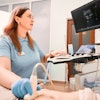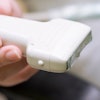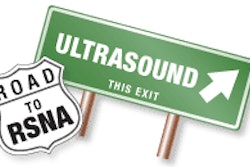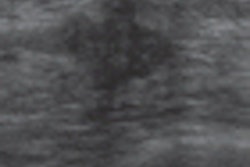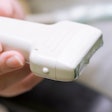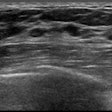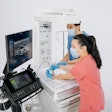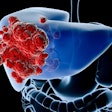Monday, November 26 | 8:55 a.m.-9:05 a.m. | VSGI21-02 | Room N227
Steatosis does not affect shear-wave elastography estimation of liver fibrosis -- but inflammation does, according to a presentation to be given on Monday by researchers from Massachusetts General Hospital.Because fibrosis is a common pathway for many types of liver disease, measuring its progression is a way to evaluate disease severity, according to Dr. Manish Dhyani and colleagues. Nonfocal liver biopsy is the current gold standard for this measurement, but shear-wave elastography has been shown to differentiate grades of fibrosis in the liver and is noninvasive.
For the study, the researchers included 107 patients who had liver biopsies, as well as shear-wave elastography measurements at the left liver lobe; right liver lobe; right liver lobe, lower; and the biopsy site. The group evaluated the effects of inflammation and steatosis on elastography, and they found significant correlation of fibrosis with elastography values at all sites except the left liver lobe.
Steatosis did not impede shear-wave elastography's effectiveness, and elastography was more predictive of fibrosis when inflammation was less than 4 on the Ishak pathological grade, according to the Dhyani and colleagues.
Shear-wave elastography offers a noninvasive method for estimating liver fibrosis in patients with chronic liver disease, but the results should be interpreted with caution when hepatic inflammation may be present, the group concluded.

